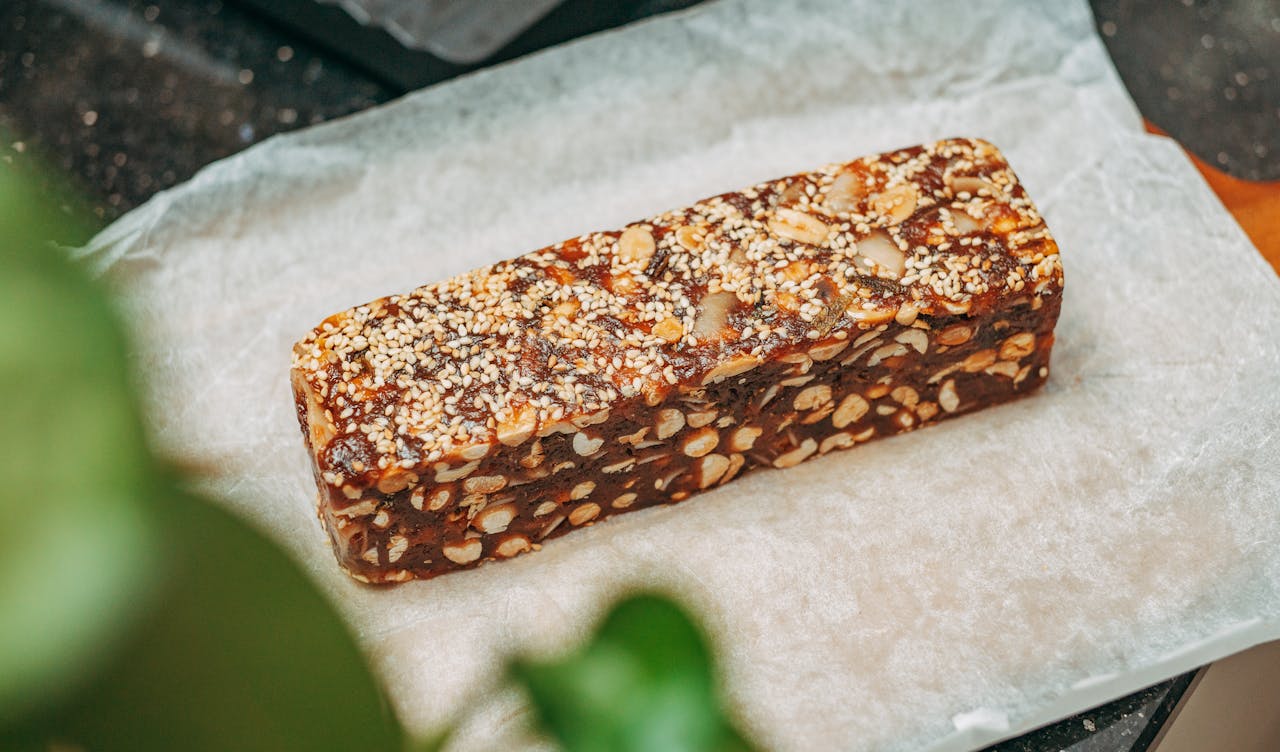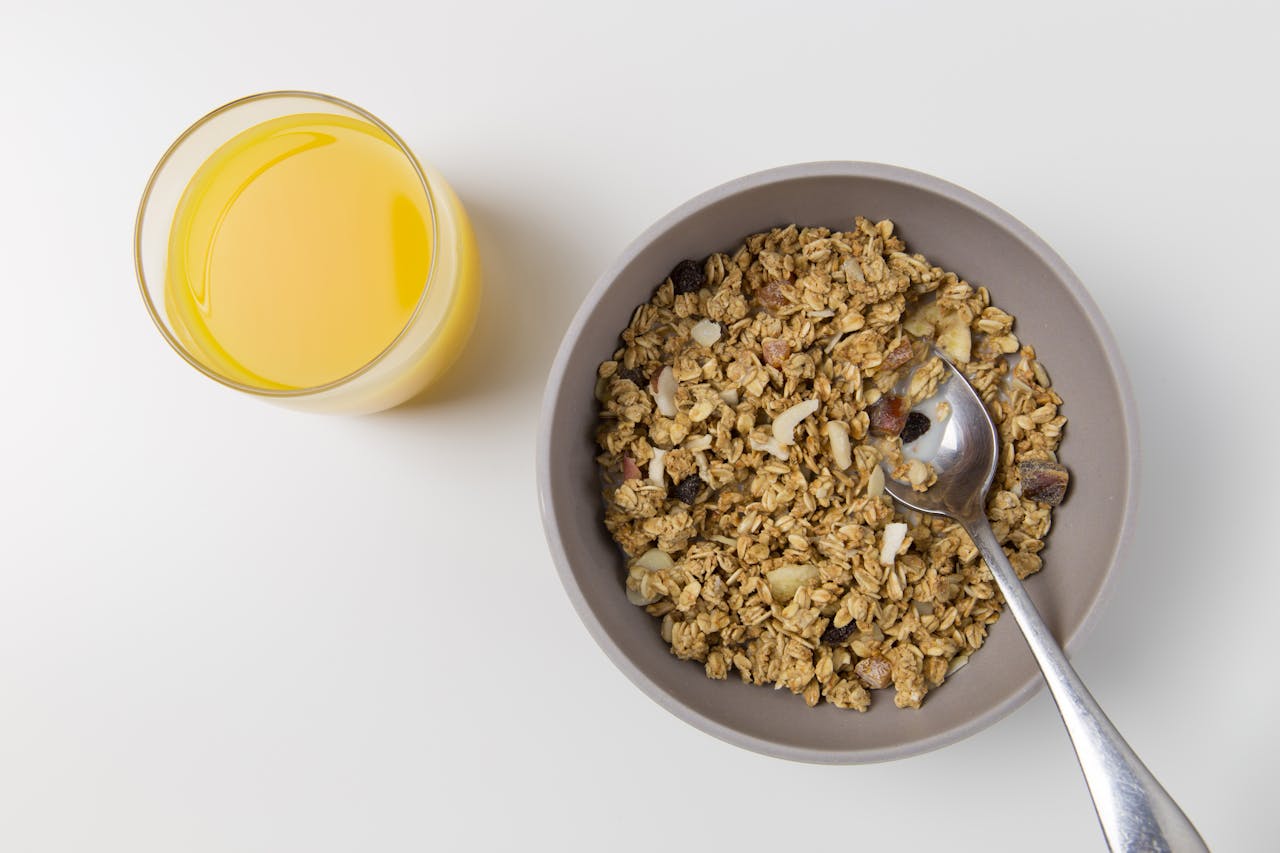If you’re trying to eat healthier, you probably reach for foods that look wholesome and nutritious. But have you ever flipped a package over and been shocked by what’s actually inside? Food labels can reveal a lot about what we’re really putting into our bodies, and sometimes, the truth is surprising. Many products marketed as “healthy” are loaded with added sugars, sodium, or artificial ingredients that can undermine your best intentions. Understanding what’s in your food is essential for making choices that truly support your health. Let’s take a closer look at eight foods you might have thought were healthy—until you read the label.

1. Flavored Yogurt
Yogurt is often seen as a healthy snack, packed with protein and probiotics. However, many flavored yogurts are loaded with added sugars, sometimes as much as a candy bar. A single serving can contain 15 grams or more of sugar, which is more than half the daily recommended limit for women. Even “low-fat” or “light” versions often compensate for reduced fat by adding extra sweeteners. Instead, opt for plain Greek yogurt and add your own fresh fruit or a drizzle of honey for natural sweetness. Always check the nutrition label for sugar content before tossing yogurt into your cart.
2. Granola
Granola has a reputation as a health food, but the reality is often different. Many store-bought granolas are high in sugar, oil, and calories, making them more of a dessert than a breakfast staple. Some brands pack over 200 calories and 12 grams of sugar in just a half-cup serving. The added sugars and fats can quickly turn your “healthy” breakfast into a calorie bomb. If you love granola, look for options with minimal added sugar and simple ingredients, or try making your own at home to control what goes in.
3. Veggie Chips
Veggie chips sound like a smart alternative to regular potato chips, but don’t let the name fool you. Most veggie chips are made from potato starch or corn flour, with only a small amount of actual vegetables. They’re often fried and heavily salted, offering little nutritional benefit over traditional chips. The vibrant colors may come from vegetable powders rather than real veggies. If you’re craving something crunchy, try air-popped popcorn or roasted chickpeas instead. Always read the ingredient list to see what you’re really getting.
4. Bottled Smoothies
Bottled smoothies are marketed as a convenient way to get your fruits and veggies, but many are packed with sugar and lack fiber. Some popular brands contain more sugar than a can of soda, thanks to fruit juice concentrates and added sweeteners. While they may provide some vitamins, the high sugar content can cause blood sugar spikes and leave you feeling hungry soon after. For a truly healthy smoothie, blend whole fruits and vegetables at home, and include a source of protein or healthy fat to keep you satisfied.
5. Protein Bars
Protein bars are a go-to snack for many health-conscious people, but not all bars are created equal. Some are packed with added sugars, artificial flavors, and preservatives, making them closer to candy bars than health food. It’s not uncommon to find bars with over 20 grams of sugar and a long list of unpronounceable ingredients. When choosing a protein bar, look for options with simple, whole-food ingredients and minimal added sugar. Or, consider snacking on nuts, seeds, or a hard-boiled egg for a more natural protein boost.

6. Salad Dressings
Salads are healthy, right? They can be, but bottled salad dressings often contain hidden sugars, unhealthy fats, and sodium. Creamy dressings like ranch or Caesar can add hundreds of calories and loads of saturated fat to your meal. Even vinaigrettes can be high in sugar and salt. Always check the label for serving size and ingredients. Making your own dressing at home with olive oil, vinegar, and herbs is a simple way to keep your salad healthy and flavorful.
7. Instant Oatmeal Packets
Oatmeal is a classic healthy breakfast, but instant oatmeal packets can be a different story. Many flavored varieties are loaded with added sugars and artificial flavors. Some packets contain as much as 12 grams of sugar per serving, turning a wholesome grain into a sugary treat. For a healthier option, choose plain rolled oats or steel-cut oats and add your own fruit, nuts, and spices. This way, you control the sweetness and keep your breakfast nutritious.
8. Gluten-Free Snacks
Gluten-free doesn’t always mean healthy. Many gluten-free snacks are made with refined starches and sugars to mimic the texture of traditional baked goods. These ingredients can cause blood sugar spikes and offer little nutritional value. Some gluten-free products are even higher in calories and sugar than their gluten-containing counterparts. If you don’t have a medical reason to avoid gluten, focus on naturally gluten-free whole foods like fruits, vegetables, and nuts.
Rethink “Healthy” Labels for Smarter Choices
Reading food labels is one of the most effective ways to make truly healthy choices at the grocery store. Marketing buzzwords like “natural,” “low-fat,” or “gluten-free” don’t always mean a product is good for you. By taking a closer look at the ingredients and nutrition facts, you can avoid hidden sugars, unhealthy fats, and unnecessary additives. Next time you shop, let the label—not the front of the package—guide your decisions. Your health will thank you for it.
Have you ever been surprised by what you found on a food label? Share your story or tips in the comments below!
Read More
These 6 Healthy Grocery Items Are a Waste of Money, According to Nutritionists
10 Products That Prove Not All Health Foods Are Created Equal
The post 8 Things You Thought Were Healthy Until You Read the Label appeared first on Grocery Coupon Guide.







